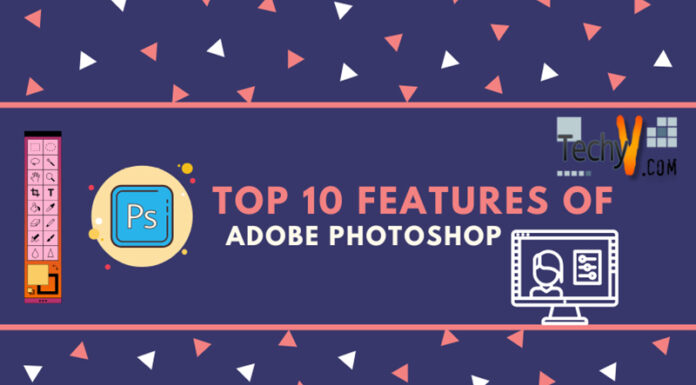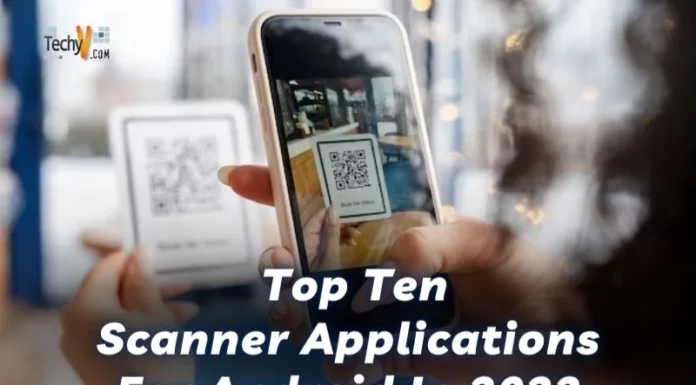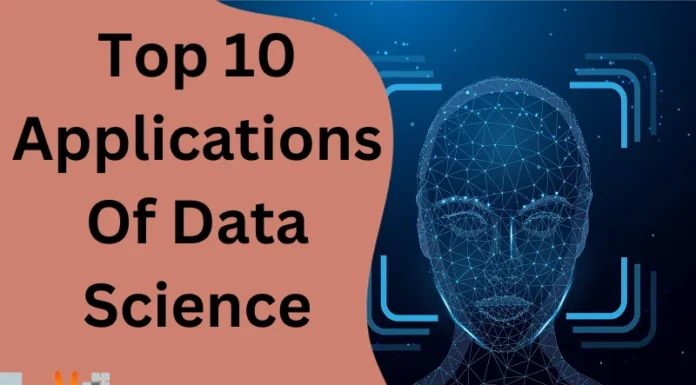The fashion industry is one of the biggest industries in the world, worth around USD 3 trillion as of 2018; about 2% of the world’s GDP. In order to enhance the consumer experience, social media for businesses and brands is replacing catalogue-based purchasing. Artificial intelligence is when robots simulate human intelligence to make jobs simple and quick to complete. The machine mimics human actions, as it is programmed in a way that it can think like a human and complete goal. Here are a few ways in which AI is revolutionizing the fashion industry. However, it can be challenging, to say the least, to choose from a million products available online for beauty and cosmetic products without doing any tests or receiving any help. These days, artificial intelligence is in great use. The top 10 exciting applications of AI in the fashion and beauty industry are included in this article.
1. Virtual Product Trials
Many individuals use augmented reality daily, you can utilise AR power to allow for the real-time overlay of virtual graphics over real photos. You may test cosmetics in real time using apps enabled by augmented reality. These remedies have existed for a while. Various companies are incorporating this system so that people can have a great experience.
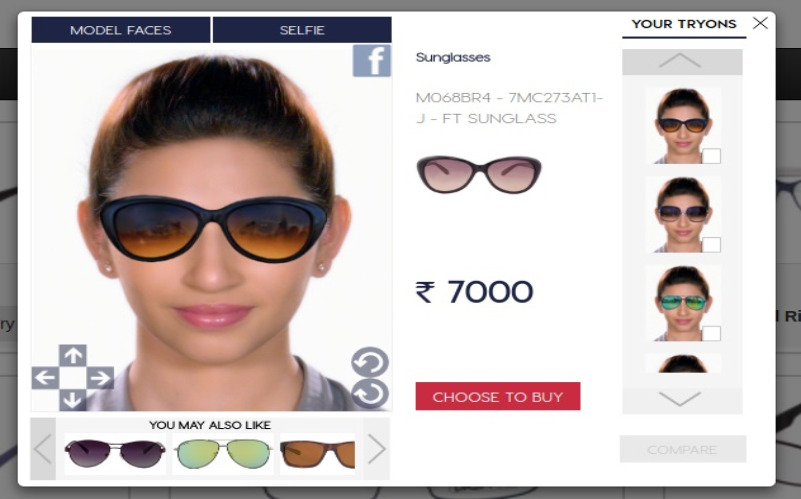
2. Personalization
As the number of choices increases, we are all more sensitive to brands that make us feel unique, appreciated, and cared for. This is particularly true in industries where the personal factor is crucial, reflecting how people see themselves and communicate it to others, like the fashion industry. These days, many people use apps that provide personalised recommendations for skin and hair care routines. The Skin Genome Project, an AI-powered database used by Proven Skincare, analyses several variables and provides customers with tailored suggestions.

3. Product Development
It is now easier to sort through massive amounts of data on websites and social media to determine current trends and customer preferences. Thanks to currently existing applications for natural language processing. Product development, often known as new product management, is the process of conceptualising, designing, developing, and selling freshly produced or recently relaunched goods and services. The entire process of creating a product, from conception through market launch, is referred to as product development.
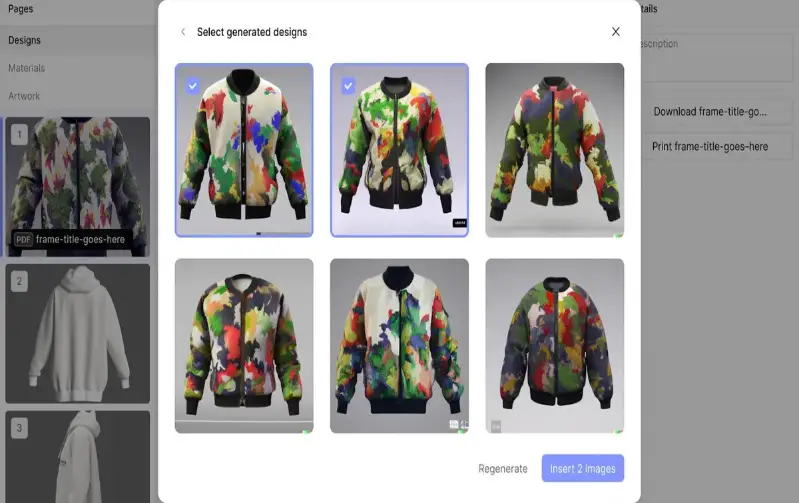
4. Chatbots
Brands have created a more efficient way of interacting with their consumers by employing a bot to conduct a computerised conversation via their website or application that promotes purchasing for the user. Answer bot is most effective at directing clients to knowledge base content. It was created to improve customer experience. Answer Bot integrates with email, chat, and messaging apps and provides help in 18 different languages. Although this built-in AI chatbot is simple for Zendesk experts to manage, it might not be sufficient for clients with more complicated business demands.
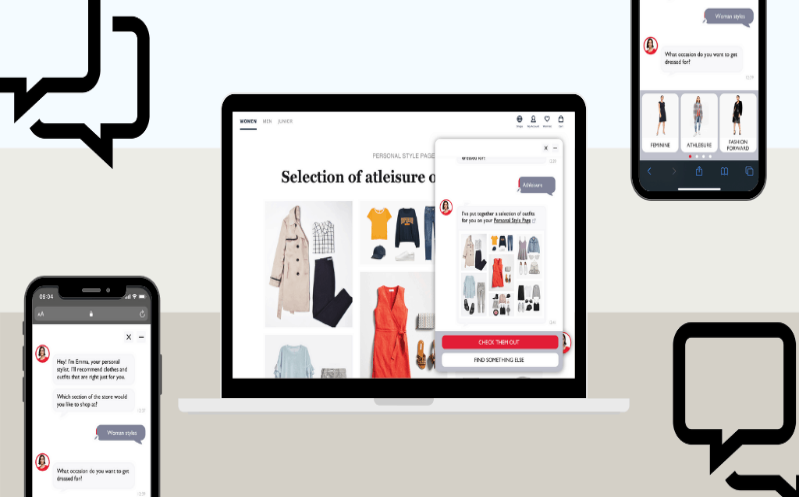
5. Personal Shopper
Some companies have introduced various applications to give users an online shopping experience that is similar to one they would get in a physical store. In contrast to other online shopping websites where a user must scroll through a variety of products to find the item they are looking for, this app streamlines the process for the consumer by first asking a few questions and using the answers to create a customised list of shopping recommendations.
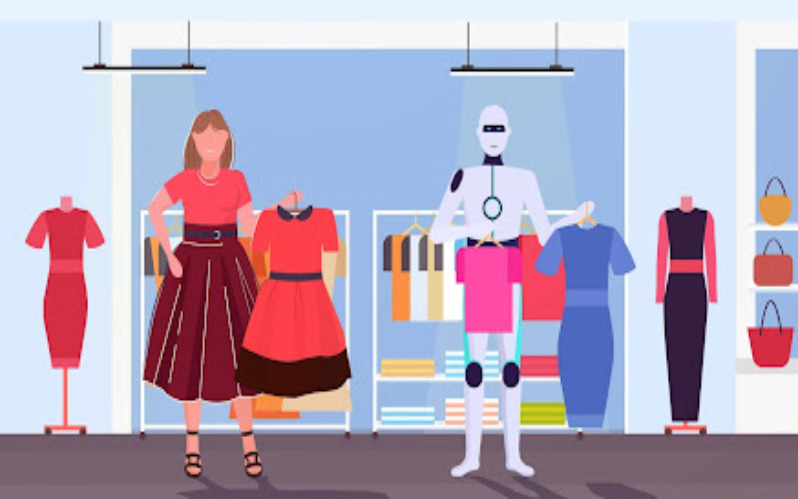
6. Visual Shopper
To provide customers with innovative interactions, PTTRNS.ai unveiled an AI-based shopping solution. To quickly discover similar or the same item, customers can submit a photo of the item. The goods in a range of product categories, such as apparel, shoes, and bags, may be found using this visual search engine.
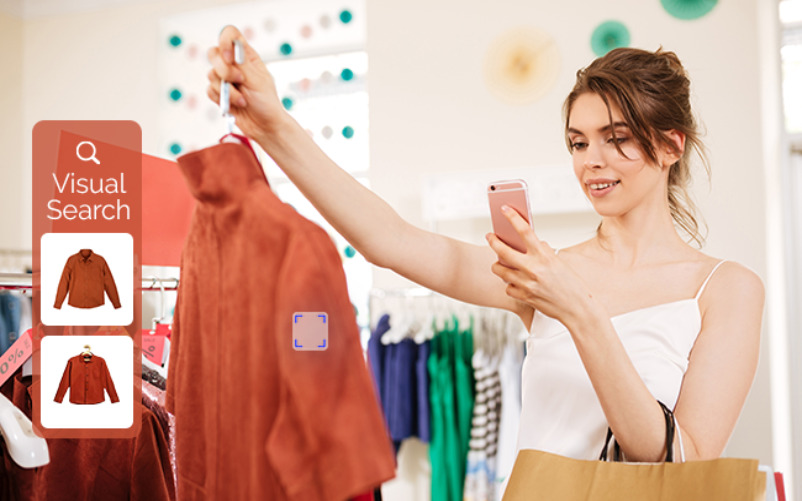
7. Quality Assurance
Designers and manufacturers are using AI in the production process. most textile and garment industries are equipped with computerized machines with Computer Aided Design (CAD) features. Also, the application of new technological tools like AI, IoT, and Machine Learning (ML). Augmented Reality (AR) etc. has resulted in efficient production monitoring and an increase in production efficiency in turn through real-time data capture, preventive maintenance, and process optimization. Intelligent quality inspection system etc.
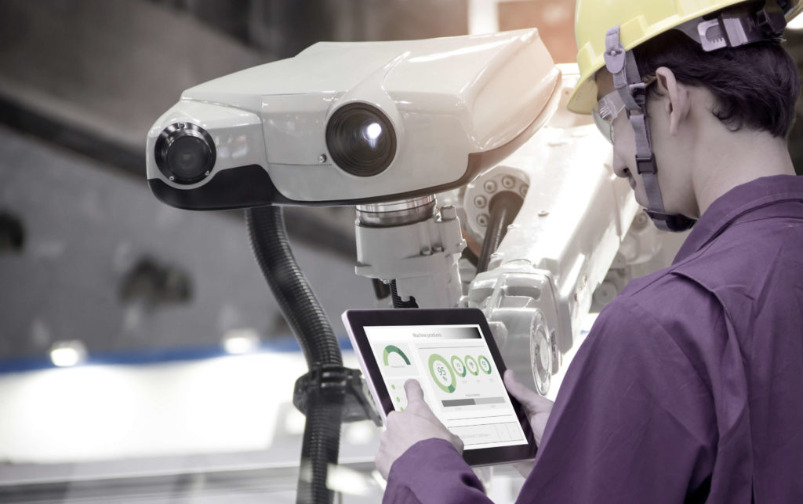
8. Manufacturing
AI is used by designers not only to make clothing but also for quality control. Various technologies, such as computer-controlled lasers, knives, water jets, plasma, or ultrasound, can be used for bulk production. Additionally, automated stitching is beginning to take off in the manufacturing process, though it is still in its infancy.

9. AI In Fashion Styling
Fashion styling, one of the most fascinating and significant facets of the enormous fashion industry, is a significant component. Generative AI has the potential to affect the entire fashion ecosystem. Fashion companies can use the technology to help create better-selling designs, reduce marketing costs, hyperpersonalize customer communications, and speed up processes.
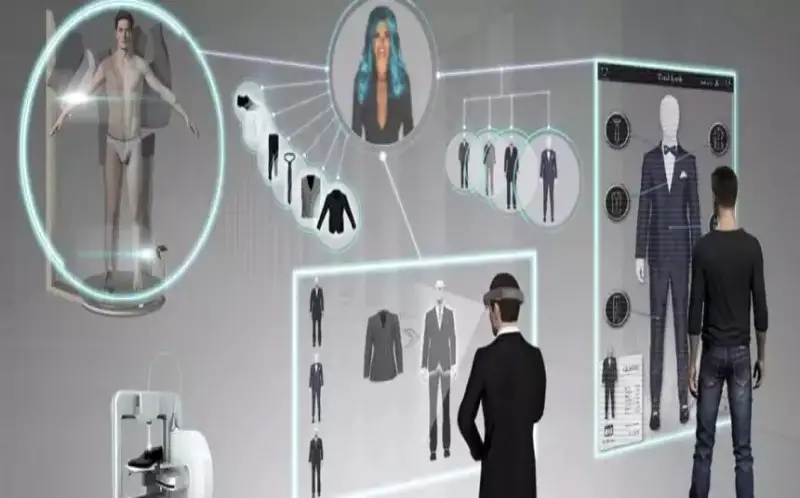
10. Supply Chain Management
Supply chain management is one of the areas where AI in fashion is having the biggest effects. The supply chain management process in the clothing industry refers to the stages of clothing manufacturing. It includes everything from sourcing the raw material to factories to the distribution of finished clothes to the end-users.





